Under the plans, HS2 would sell mobile and broadband providers access to spare capacity in the fibreoptic cabling and telecoms masts being built to support the railway’s signalling and telecoms.
Because most of the cost of cabling is installation, this could dramatically reduce the cost of bringing direct fibre connections to less populated areas.
The scale of the opportunity is underlined in a new analysis of the latest Ofcom data commissioned by HS2 which has identified more than 538 postcodes within 5km of the HS2 route that currently do not have access to ‘Ultrafast’ speeds of more than 100Mbit/s.
While the railway is expected to open between 2029 and 2033, telecoms companies could get access to masts and fibreoptic cabling two years before the railway opens – during the testing and commissioning phase.
As part of the next stage of construction, around 80 telecoms masts will be built alongside the railway to provide signalling for the trains.
These masts could also be used to boost local mobile coverage, with 15 postcodes along the route currently unable to receive a reliable 5g signal.
Around 2,000 km of fibreoptic cabling will run alongside the railway, with the telecoms masts each located in a small, dedicated compound.
Tim Ward, HS2 Ltd’s Head of Telecoms Engineering, said: “We’re determined to ensure that we get the most value out of our new infrastructure and support the local community wherever possible.
“That’s why we’re keen to work with mobile and broadband providers to help unlock better 5G connectivity and faster broadband for communities in more isolated areas along the railway.”
Passengers would also benefit from seamless mobile connectivity throughout the project’s tunnels and cuttings thanks to a step change in technology aboard the new trains.
Mobile devices get their data from each telecoms mast the train passes – jumping from one to another in quick succession – which often leads to reduced bandwidth and occasional drop-outs.
On HS2 services, the data can also be fed directly to the train, which will then link onward to passenger’s phones, dramatically improving the quality of the connection.

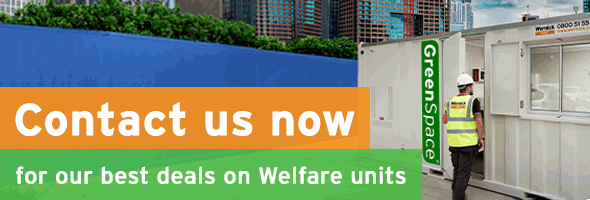



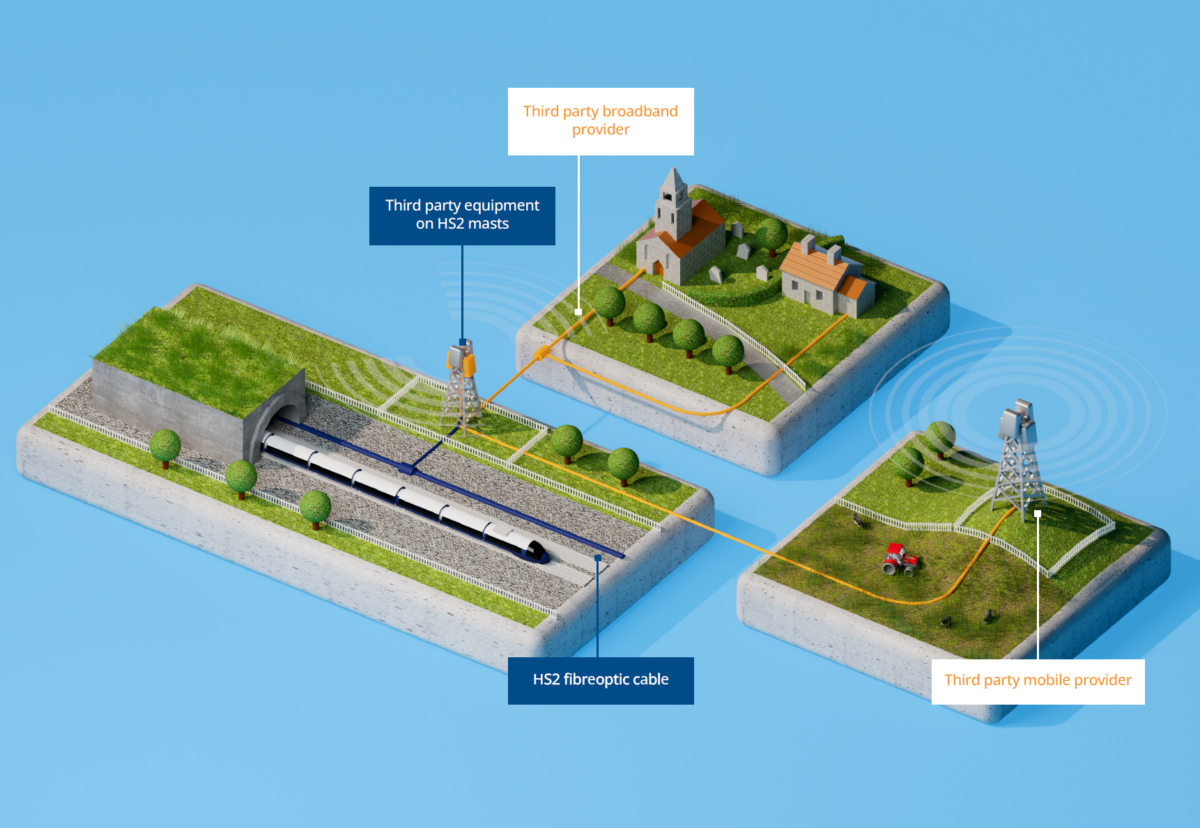





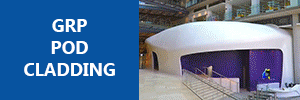




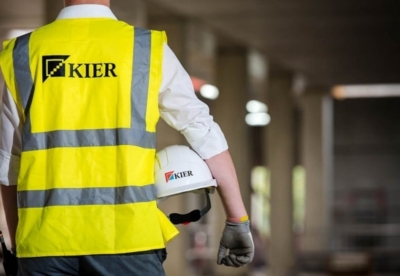






















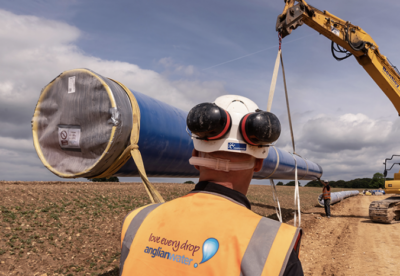



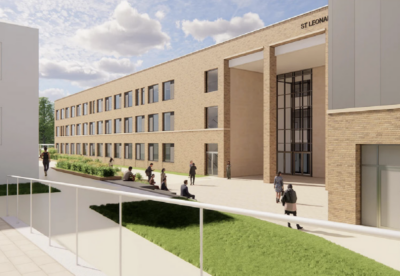












.gif)
